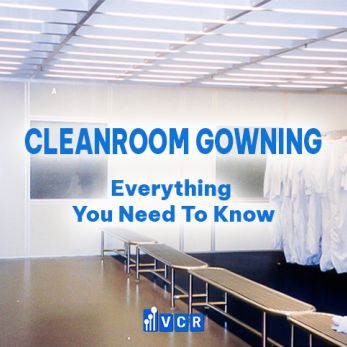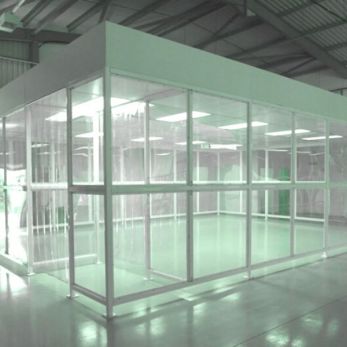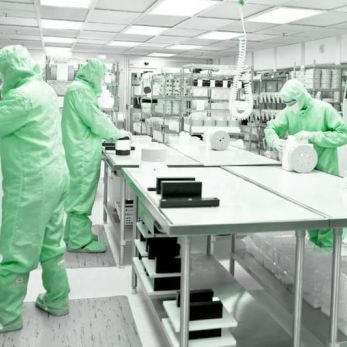The Effect Of Dust On Human Health
Dust is seen as something irritating rather than harmful. It’s practically everywhere, so we don’t really pay it enough attention – or consider how overexposure to dust in the workplace can lead to poor health. That’s right – dust is actually a very
Dust is seen as something irritating rather than harmful. It’s practically everywhere, so we don’t really pay it enough attention – or consider how overexposure to dust in the workplace can lead to poor health. That’s right – dust is actually a very dangerous substance that impacts the lives of millions of people.
Dust exposure in the manufacturing sector is often unavoidable. By its very nature, the work involves tasks and actions that produce and distribute dust into the air. Even with regular, thorough cleaning schedules, it’s impossible to maintain safe dust levels in factories or warehouses.
This means your workers’ health is constantly at risk; leaving them vulnerable to serious respiratory diseases and skin conditions that could affect them for the rest of their lives. Here are some of the main ways dust exposure can threaten the well-being of your workplace.
-
Dust and the lungs
Overexposure to dust will cause breathing problems that could lead to life-threatening respiratory diseases. Fine dust particles, called respirable dust, are easily inhaled into the nose and pharynx. These can then build up and take up air space in the lungs, causing blockages in the chest.
Dust exposure can also cause pneumonia and asthma. Certain dusts are worse than others – for example, dusts from grain, flour, wood and reactive dyes can trigger coughing attacks, wheezing and chest tightness. Occupational asthma is debilitating, but pneumonia as a result of dust build-up and infection in the lungs can be fatal.
Lung diseases are listed as the most severe health hazard associated with workplace dust. Overexposure to respirable crystalline silica (RCS) can cause silicosis as well as lung cancer. Unfortunately, the chronic effects of dust exposure in the lungs are incurable. Prevention is of the utmost importance; employers need to prioritize their workers’ health and ensure that dust levels are kept to an absolute minimum.
-
Dust and the skin
The thing about dust is that it has to settle somewhere. Even with all the right protective gear, some skin will be exposed to dust and this can lead to allergic reactions. An extended exposure can cause itchiness, scaling, and dryness.
Some dusts produced in certain manufacturing environments contain carcinogenic chemicals, which could potentially lead to skin cancer.
-
Dust and the brain
The health impact of overexposure to dust can also lead to cerebral complications. Studies have indicated that regular inhalation of fine, respirable dust particles can lead to dementia as well as an increase in the risk of strokes.
The researchers studied 900 brains of test subjects older than 60 years. While there is no conclusive connection between dust exposure and brain health, the study indicated that brains less exposed to dust were definitely in healthier shape.
Dust and your business
As an employer, it is your job to keep your workers as safe as possible. This needs to include minimizing their exposure to dust in the workplace.
Uncontrolled dust is potentially dangerous and presents real health hazards. If allowed to build up in an enclosed environment over time, the risk of dust exposure increases. This leads to poor employee health which results in low productivity, profit loss, medical costs and sometimes, legislative action.
To overcome these issues, you need to keep the air in your workplace as clean as possible and maintain low dust levels at all times. Air cleaning systems do just that, filtering the dust from the air before it settles and before your workers breathe it in. This ensures happier and healthier staff as well as improved business productivity and growth.
Source: Hsmsearch.com
Vietnam Cleanroom Equipment (VCR) specializes in providing cleanroom equipment for construction contractors. We provide high-quality products with competitive prices and large quantities nationwide. The equipment includes:
Differential pressure gauge, FFU Fan Filter Unit, Pass box, Clean room air filter, HEPA box, Clean booth, cleanroom steel door, Isolator cabinet, and other equipment
For details, please refer to Vietnam cleanroom equipment official website
https://en.vietnamcleanroom.com




















